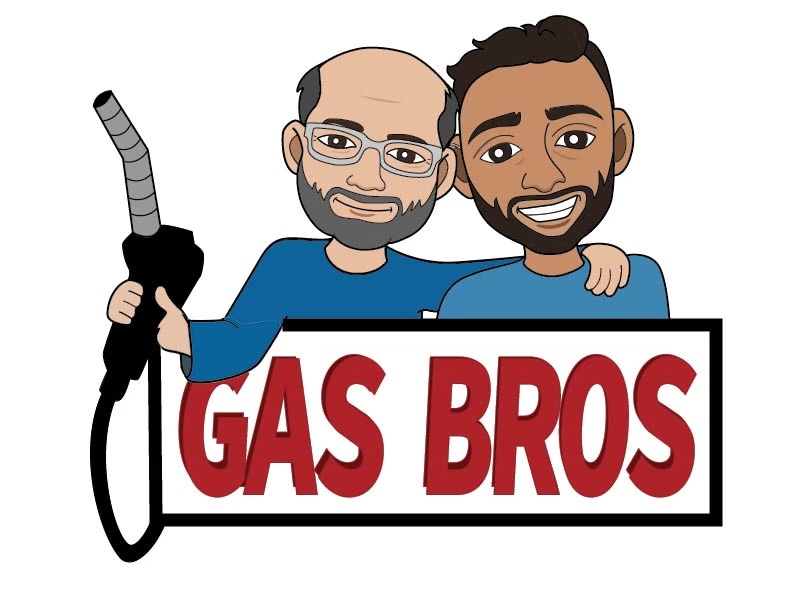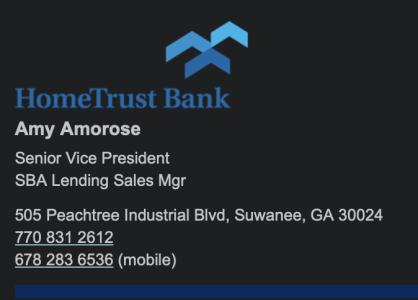Administrator
Administrator
How to Figure Out How Much to Pay for a Gas Station Lease
Step One: Calculate the Seller's Discretionary Earnings (SDE)
To start, you need to figure out the Seller's Discretionary Earnings (SDE). This shows how much money the owner really makes from the business. Here's the formula:
SDE = Net Profit + Owner's Salary & Benefits + Discretionary Expenses - Non-Recurring Expenses + Interest + Taxes + Depreciation + Amortization
Here's what each part means:
● Net Profit: The money the business makes after all costs are paid. ● Owner's Salary & Benefits: The owner's pay and benefits like health insurance. ● Discretionary Expenses: Extra personal costs the owner pays through the business, like a company car.
● Non-Recurring Expenses: One-time costs that won’t happen again, like moving expenses.
● Interest: The cost of any loans the business has.
● Taxes: The money paid in taxes.
● Depreciation: How much the value of assets like equipment goes down over time.
● Amortization: Spreading out the cost of things you can’t touch, like patents. Example: Imagine a gas station with these numbers:
● Net Profit: $100,000
● Owner's Salary & Benefits: $50,000
● Discretionary Expenses: $10,000
● Non-Recurring Expenses: $5,000
● Interest: $8,000
● Taxes: $12,000
● Depreciation: $15,000
● Amortization: $7,000
Using the formula: SDE = $100,000 + $50,000 + $10,000 - $5,000 + $8,000 + $12,000 + $15,000 + $7,000 = $197,000
Step Two: Multiply the SDE by a Valuation Multiple
Next, you multiply the SDE by a number called the valuation multiple. This number is usually between 2 and 3, but it could be 3 or 4 if the gas station is in a really good location.
Example: If the SDE is $250,000 and the valuation multiple is 3: Price = $250,000 x 3 = $750,000
Adjustments to Make:
● Shorter Leases: If the lease is short, use a lower multiple. Sometimes, if the lease is really short, the multiple could be zero.
● Inventory: Add the cost of the inventory (goods the store has to sell) to the price.
Lease Amortization:
Most leases are for 15 years. If 5 years have been used, and 10 years are left, reduce the price by one-third. If only 3 years are left, reduce the price even more because the lease isn't worth much.
Additional Tips:
● Estoppel Agreement: Before you take over, get an estoppel agreement to make sure the tenant is in good standing with the landlord.
● Proactive Lease Extensions: If you’re selling and want a higher price, ask the landlord for lease extensions. You might offer them some money as an incentive, which could be a good investment.
This is a quick way to figure out how much to pay for leasing a gas station.
Step One: Calculate the Seller's Discretionary Earnings (SDE)
To start, you need to figure out the Seller's Discretionary Earnings (SDE). This shows how much money the owner really makes from the business. Here's the formula:
SDE = Net Profit + Owner's Salary & Benefits + Discretionary Expenses - Non-Recurring Expenses + Interest + Taxes + Depreciation + Amortization
Here's what each part means:
● Net Profit: The money the business makes after all costs are paid. ● Owner's Salary & Benefits: The owner's pay and benefits like health insurance. ● Discretionary Expenses: Extra personal costs the owner pays through the business, like a company car.
● Non-Recurring Expenses: One-time costs that won’t happen again, like moving expenses.
● Interest: The cost of any loans the business has.
● Taxes: The money paid in taxes.
● Depreciation: How much the value of assets like equipment goes down over time.
● Amortization: Spreading out the cost of things you can’t touch, like patents. Example: Imagine a gas station with these numbers:
● Net Profit: $100,000
● Owner's Salary & Benefits: $50,000
● Discretionary Expenses: $10,000
● Non-Recurring Expenses: $5,000
● Interest: $8,000
● Taxes: $12,000
● Depreciation: $15,000
● Amortization: $7,000
Using the formula: SDE = $100,000 + $50,000 + $10,000 - $5,000 + $8,000 + $12,000 + $15,000 + $7,000 = $197,000
Step Two: Multiply the SDE by a Valuation Multiple
Next, you multiply the SDE by a number called the valuation multiple. This number is usually between 2 and 3, but it could be 3 or 4 if the gas station is in a really good location.
Example: If the SDE is $250,000 and the valuation multiple is 3: Price = $250,000 x 3 = $750,000
Adjustments to Make:
● Shorter Leases: If the lease is short, use a lower multiple. Sometimes, if the lease is really short, the multiple could be zero.
● Inventory: Add the cost of the inventory (goods the store has to sell) to the price.
Lease Amortization:
Most leases are for 15 years. If 5 years have been used, and 10 years are left, reduce the price by one-third. If only 3 years are left, reduce the price even more because the lease isn't worth much.
Additional Tips:
● Estoppel Agreement: Before you take over, get an estoppel agreement to make sure the tenant is in good standing with the landlord.
● Proactive Lease Extensions: If you’re selling and want a higher price, ask the landlord for lease extensions. You might offer them some money as an incentive, which could be a good investment.
This is a quick way to figure out how much to pay for leasing a gas station.





